The world of competitive swimming is governed by precise rules and traditions, with the medley order standing as one of its most distinctive features. Unlike freestyle or backstroke events where swimmers use a single stroke, medley races demand mastery of all four primary techniques in a specific sequence. This unique structure creates a fascinating test of versatility, strategy, and endurance that separates elite all-round swimmers from specialists.
Understanding the medley sequence requires examining both individual medley (IM) and relay formats. In IM events, a single swimmer performs all four strokes in the set order: butterfly, backstroke, breaststroke, and freestyle. The 200m and 400m IM distances follow this pattern, with each stroke segment lasting either 50m or 100m depending on the total race length. Relay medleys employ a different approach - four swimmers each specialize in one stroke, but follow the modified sequence of backstroke, breaststroke, butterfly, and freestyle. This distinction in relay order stems from safety considerations, as backstroke starts in lanes could become hazardous if performed simultaneously with butterfly's explosive dive.
The origins of this sequencing reveal swimming's technical evolution. Early 20th century competitions experimented with various stroke orders before standardizing. The current arrangement strategically places the most physically demanding strokes first when swimmers are freshest. Butterfly's explosive power comes initially, followed by backstroke's relative recovery period. Breaststroke's precise timing appears third, leaving freestyle - typically the fastest stroke - for the final push. This progression creates dramatic race dynamics as swimmers transition between contrasting techniques while maintaining speed.
Modern medley swimming has developed specialized techniques for the critical transitions between strokes. The butterfly-to-backstroke turn particularly challenges swimmers as they must touch the wall with both hands simultaneously (butterfly finish) then immediately flip onto their backs. Backstroke-to-breaststroke transitions feature the controversial "backstroke flip turn," where swimmers somersault underwater before surfacing in breaststroke position. These moments often decide close races, with elite swimmers shaving tenths of seconds through perfected transitions.
Training for medley events demands unconventional approaches compared to single-stroke specialization. Coaches develop programs balancing all four techniques while addressing their unique physiological demands. Butterfly builds explosive shoulder power, backstroke emphasizes core stability, breaststroke requires precise leg coordination, and freestyle focuses on endurance. The mental challenge proves equally demanding - swimmers must constantly shift between completely different movement patterns and breathing rhythms throughout the race.
The medley order's impact extends beyond pool strategy into swimming's broader culture. Multi-stroke versatility has become the mark of complete swimmers, with legendary figures like Michael Phelps using IM success to cement their legacies. Younger swimmers often begin competing in medley events to develop balanced skills before potentially specializing. This maintains swimming's tradition of producing well-rounded athletes rather than single-stroke technicians.
Recent technological advances have introduced new considerations for medley sequencing. Underwater dolphin kicking techniques have blurred traditional stroke advantages, particularly in backstroke and butterfly segments. Swimmers now train specifically for the underwater phases between strokes, where significant time can be gained or lost. These developments have made medley races even more complex, requiring coaches to rethink traditional pacing strategies.
Looking ahead, the medley order remains both sacred and subject to evolution. While the fundamental sequence seems unlikely to change, subtle modifications in transition techniques and underwater swimming continue to reshape how swimmers approach these events. The medley's unique challenge - mastering four strokes in perfect sequence - endures as swimming's ultimate test of versatility, ensuring its place as one of the sport's most captivating disciplines.
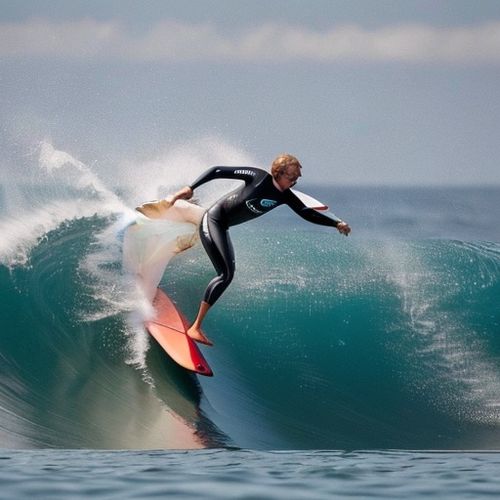
By Eric Ward/May 8, 2025
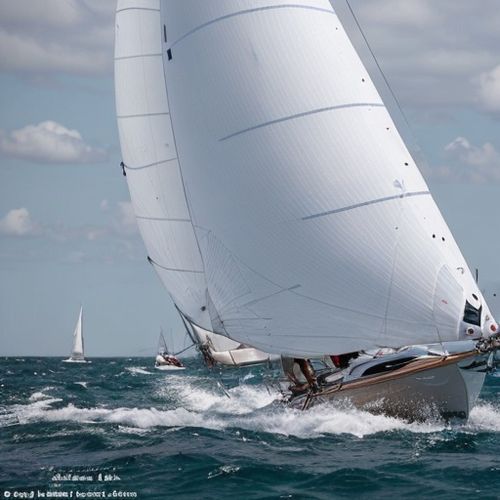
By Lily Simpson/May 8, 2025
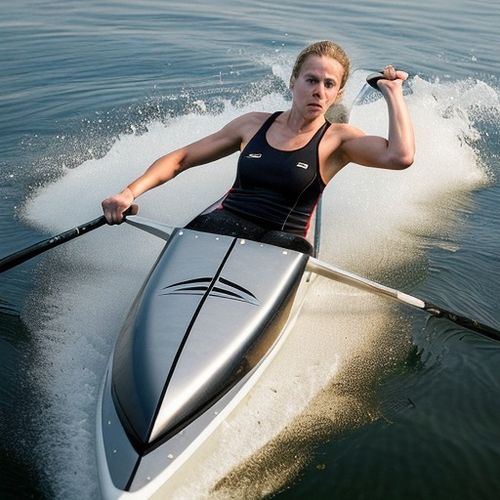
By Jessica Lee/May 8, 2025
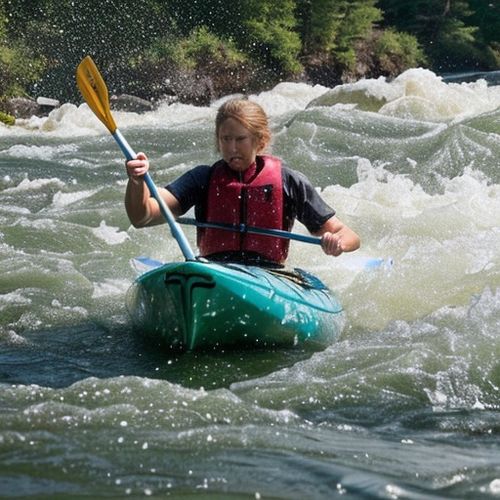
By Grace Cox/May 8, 2025
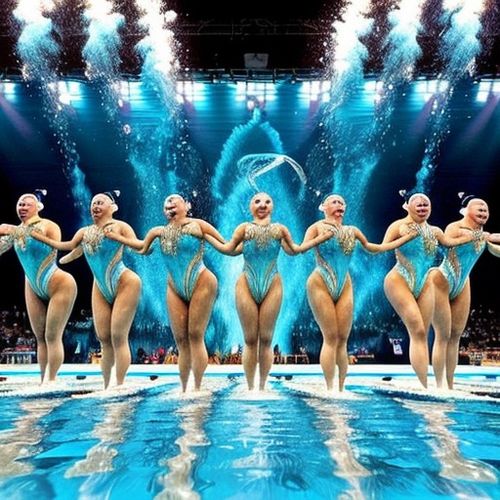
By Emily Johnson/May 8, 2025
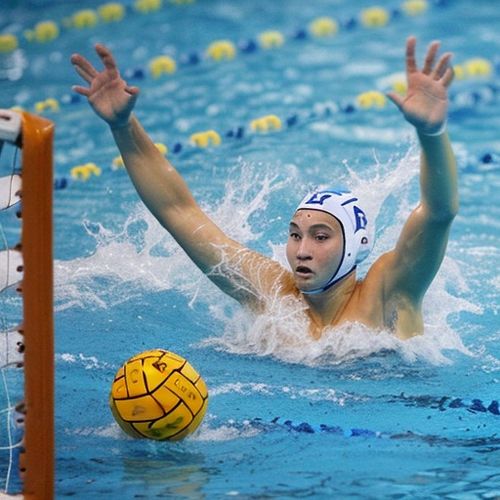
By Rebecca Stewart/May 8, 2025
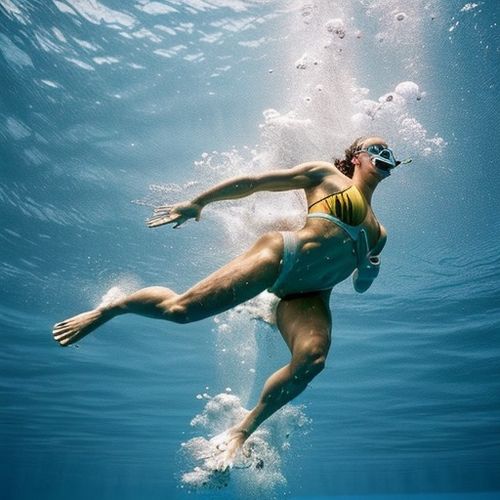
By George Bailey/May 8, 2025

By Sophia Lewis/May 8, 2025
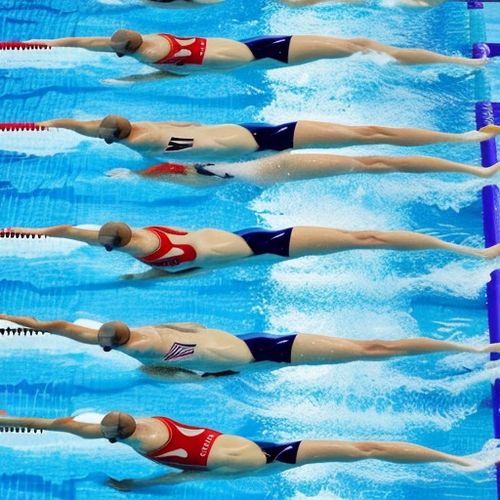
By George Bailey/May 8, 2025
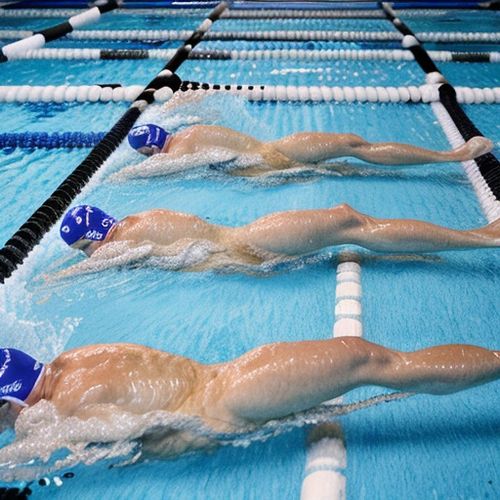
By Eric Ward/May 8, 2025
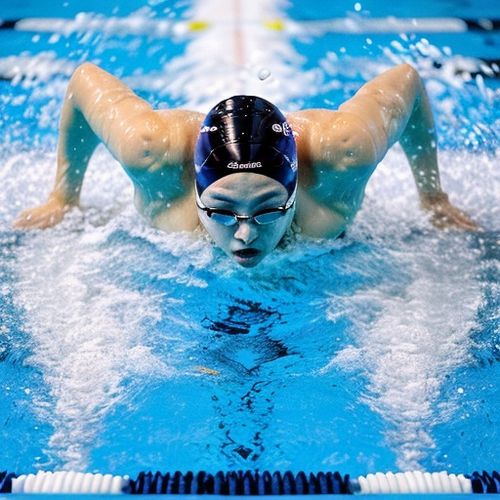
By James Moore/May 8, 2025
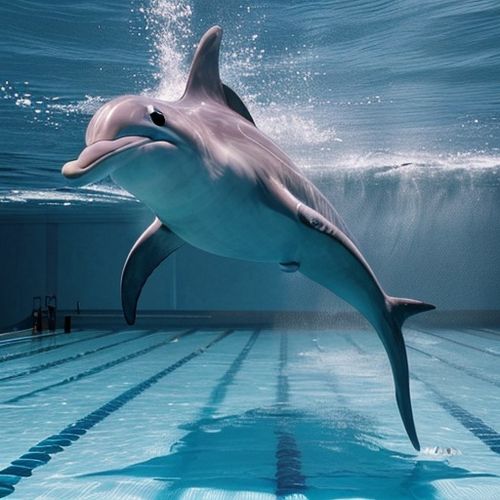
By Thomas Roberts/May 8, 2025
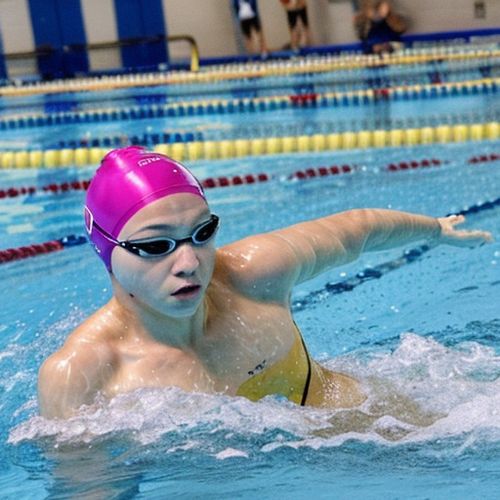
By Victoria Gonzalez/May 8, 2025

By Samuel Cooper/May 8, 2025

By David Anderson/May 8, 2025

By Joshua Howard/May 8, 2025

By Michael Brown/May 8, 2025

By Elizabeth Taylor/May 8, 2025

By Benjamin Evans/May 8, 2025

By Noah Bell/May 8, 2025